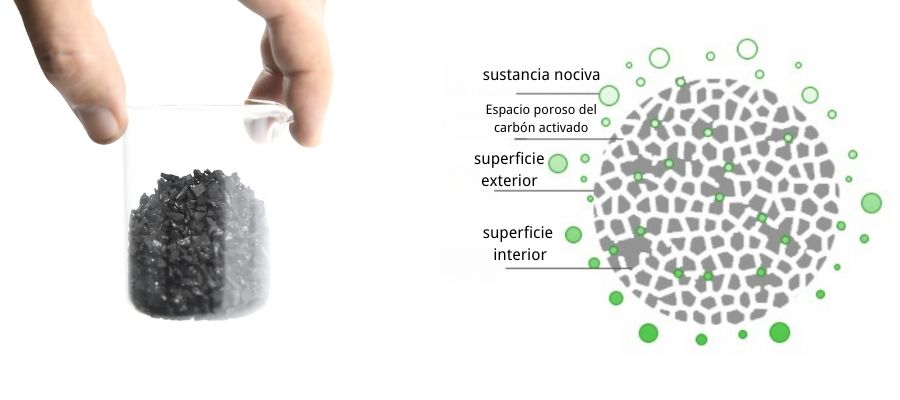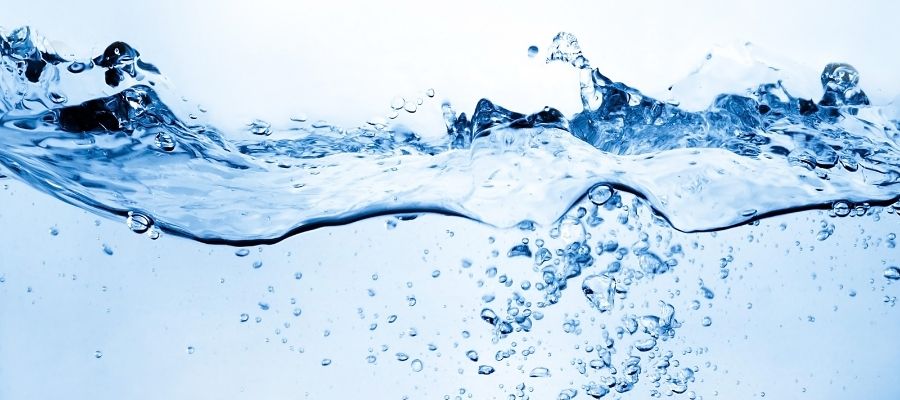Activated carbon is a multifunctional material widely recognized for its superior ability to remove contaminants from water and air. It is usually manufactured from organic raw materials such as coconut shells, charcoal and wood that have been specially treated to form a highly porous structure that provides a large surface area to effectively adsorb a wide range of contaminants.
Common Contaminants Removed By Activated Carbon
Activated carbon is a very effective adsorbent material that is widely used to remove a wide range of contaminants, and the following are some of the main contaminants it can remove:
- Hazardous substances in exhaust gases:activated carbon can effectively treat exhaust gases produced by organic compounds, such as benzene, toluene, xylene, etc., as well as harmful industrial exhaust gases, such as sulfur dioxide, nitrogen oxides, volatile organic compounds, etc.
- Indoor air pollutantsIn indoor air purification, activated carbon is used to remove air pollutants such as formaldehyde, TVOCs (total volatile organic compounds), etc., which are often found in newly renovated houses or furniture.
- Contaminants in water treatmentActivated carbon is used in municipal water supply and industrial wastewater treatment to remove organic matter, heavy metal ions, color pigments and other harmful substances from water, improve water quality and ensure compliance with discharge regulations.
- Impurities in food and beveragesIn the food and beverage industry, activated carbon is mainly used to decolorize, remove odors and impurities and improve the quality and appearance of products.
- Chlorine, heavy metals, pesticides and industrial chemicals in waterActivated carbon is effective in removing chlorine, volatile organic compounds (VOCs), taste and odor compounds, heavy metals such as lead, mercury and cadmium, chloramines, pesticides and herbicides, and a wide range of industrial chemicals.
Contaminant Removal Mechanisms

The removal mechanism of activated carbon is mainly based on physical adsorption, using its large specific surface area and porous structure to capture contaminants through intermolecular forces such as van der Waals forces, hydrophobicity, hydrogen bonds, polarity and π-π interactions.
The pore size distribution of activated carbon allows it to intercept molecules of different sizes, while the chemical functional groups on the surface are involved in chemisorption and even removal of specific ions through an ion exchange mechanism. In addition, activated carbon has the ability to catalyze the decomposition of pollutants, helping to transform and degrade harmful substances.
Although activated carbon can become adsorption saturated in actual use, it can be regenerated by pyrolytic desorption, water vapor desorption or chemical desorption to restore its adsorption properties, thus demonstrating high efficiency and sustainability in water and air purification applications.
Fields of Application of Activated Charcoal
Activated carbon is widely used in many fields due to its good adsorption properties:
Water Purification

Activated carbon is widely used in domestic and industrial water treatment systems to remove organic compounds, chlorine and heavy metals from water to ensure the safety of drinking water.
Air Filtration
In the field of air purification, activated carbon removes odors and volatile organic compounds and is often used in air purifiers and HVAC systems.
Environmental Sanitation
Activated carbon plays an important role in cleaning contaminated soil and groundwater, adsorbing a wide range of environmental pollutants and helping to restore ecological balance.
Industrial Application

In the food, pharmaceutical and chemical industries, activated carbon is used to remove impurities and odors from products to ensure their quality.
Summaries
Activated carbon is not only an effective tool for removing pollutants, but also an environmentally responsible choice. It represents our quest for a clean and healthy life.
If you are looking for an effective solution to purify water or air, activated carbon may be the ideal choice for you. Our team of experts is available to advise you and help you achieve your goal of a cleaner and safer environment.
